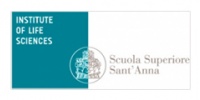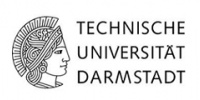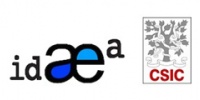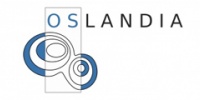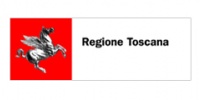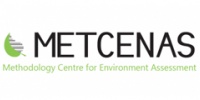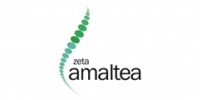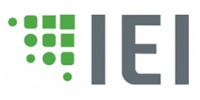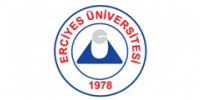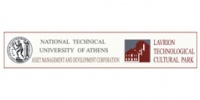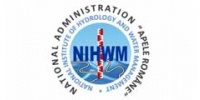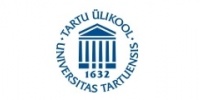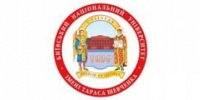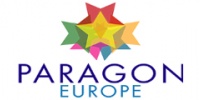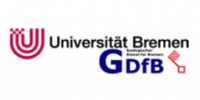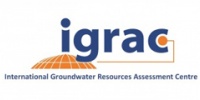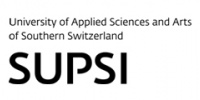 This project has received funding from the European Union’s Horizon 2020 research and innovation programme under grant agreement No 642224
This project has received funding from the European Union’s Horizon 2020 research and innovation programme under grant agreement No 642224
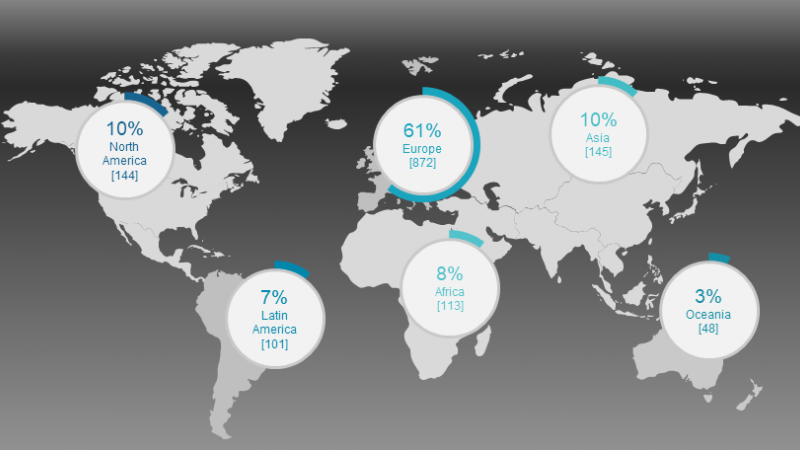
The year 2017 ended positively, with more than 3000 downloads registered through the main canals designed for getting the FREEWAT software. Among these:
- since April 2017, 1813 accesses to the download area of the FREEWAT website were registered. Through this canal, Users could retrieve the FREEWAT plugin, along with 7 User Manuals and a complete set of tutorials;
- since September 2017, 1341 Users downloaded the FREEWAT plugin among those experimental plugins available from the official QGIS repository.
Users who accessed the download area of the FREEWAT website were asked to register for statistical purposes. Hereinafter, we present the promising results of the statistical analysis carried out.
The most of the FREEWAT Users (872; 61% over the total) are from European Countries, where the bulk of FREEWAT activities (e.g., training courses, workshops) took place. Asian Users are 145 (10% over the total), followed by 144 in North America (10% over the total). More than 100 Users were also registered in Africa (113; 8% over the total) and Latin America (101; 7% over the total), while 48 Users (3% over the total) are from Oceania.
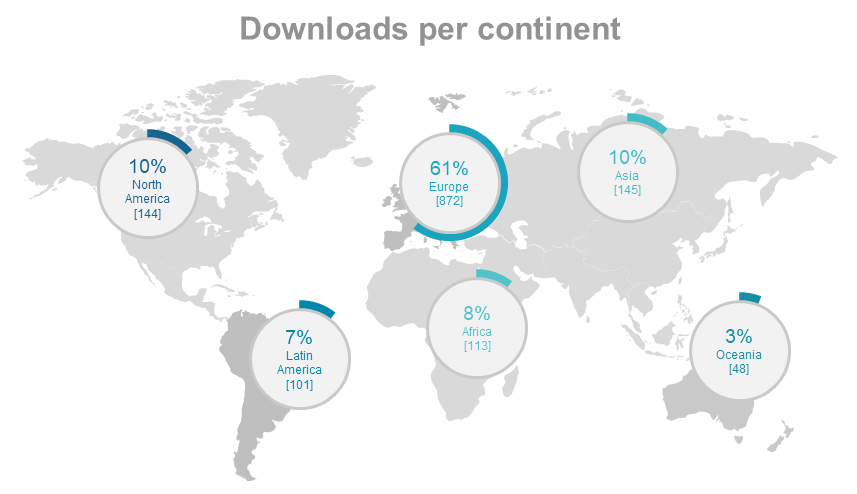
The most of the downloads in European Countries are from Italy (312 Users), followed by Germany (137 Users) and Spain (58 Users). Users from North America are mainly from the United States (98), while the most of the downloads in Asia are from India (56 Users).
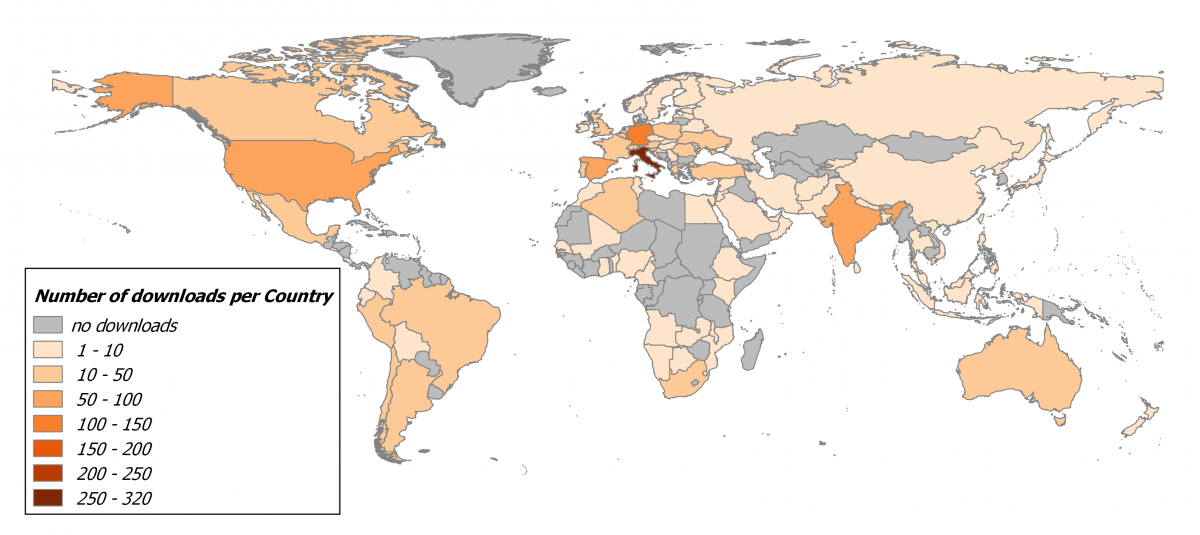
FREEWAT Users were also asked to provide information about their affiliation and role within their institution. The most of them are researchers (371; 26% over the total), followed by consultants (cathegory “Other”; 276; 19% over the total) and technicians from private companies (245; 17% over the total). Young FREEWAT Users belong to two cathegories: MSc Students (187; 13% over the total) and PhD Students (150; 11% over the total). Other cathegories are represented by technicians from: governmental institutions (74; 5% over the total), water utilities (55; 4% over the total), environmental agencies (49; 3% over the total), and river basin authorities (16; 1% over the total).
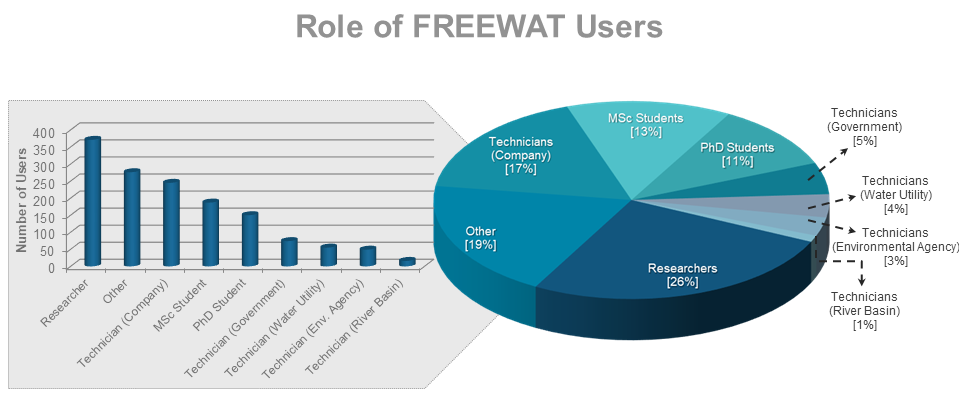
Purposes of FREEWAT Users were gathered as following: 497 of them downloaded the software for research purposes (35% over the total), 417 Users were mostly interested in getting trained in modeling (29% over the total), 271 of them aimed at using the FREEWAT platform for application in professional consultancy work (19% over the total), 121 are technicians interested in applying it in public authority work (9% over the total), and 115 Users used the FREEWAT plugin for teaching classes (8% over the total).

The numbers presented above are very encouraging, in view of enlarging the FREEWAT community of Users and Developers. To this aim, two google groups are available for sharing ideas and suggestions about FREEWAT usability and development: the FREEWAT Users Group and the FREEWAT Developers Group.
And stay tuned for the start of the FREEWAT Association!

